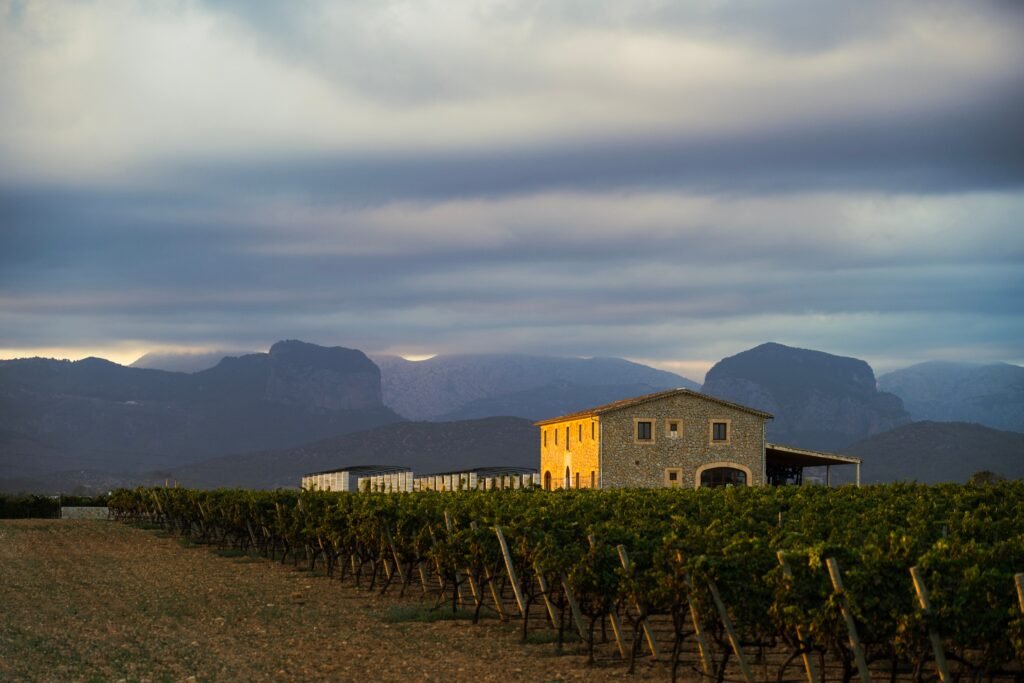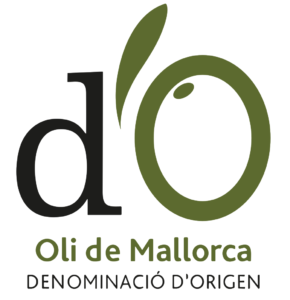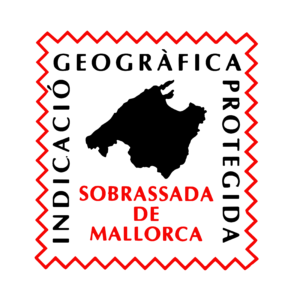Mallorca’s white wine is a delicious and refreshing expression of the island’s rich winemaking diversity. Produced in a unique Mediterranean environment, these wines capture the essence of the local varieties and the influence of the Mallorcan climate and soil, offering a range of flavors from fresh and fruity to complex and aromatic. Ideal to accompany local cuisine and prized for their quality and distinctive character, Mallorcan white wine is a must for wine lovers visiting the island.

White wines of Mallorca, a tour through the grape varieties of the Island
Mallorca, with its Mediterranean climate and varied soils, is home to an interesting variety of white wine grapes, which give the island a rich diversity in its wines. Some of the most notable grape varieties for white wine production in Mallorca include:
Moll or Prensal Blanc: This is perhaps the most emblematic white grape variety of Mallorca. It produces wines of great freshness, with a perfect balance between acidity and fruity notes. Wines made from Moll are usually light and aromatic, with hints of fruits such as apple and pear.
Giró Blanc: Although less well known, this variety is native to Mallorca and offers wines with a distinctive character. Giró Blanc wines can show a complex range of flavors, from floral to fruity, with good acidity.
Chardonnay: Although not native to Mallorca, Chardonnay has adapted well to the island’s climate and produces high quality wines. These wines can range from fresh and mineral styles to richer, barrel-aged ones.
Malvasia: Grown in certain areas of the island, Malvasia produces aromatic and full-bodied wines, often with a pleasant touch of sweetness. Its notes can include white flowers, citrus and tropical fruits.
Moscatel: Known for its floral aroma and sweet taste, Moscatel in Mallorca is used for both sweet and dry wines. Dry Moscatel wines stand out for their freshness and floral and fruity notes.
These varieties reflect the richness and diversity of Mallorca’s wine-growing landscape, where each grape brings its own unique personality to the island’s white wine scene. Experimentation and innovation in winemaking, combined with these varietals, continue to enhance Mallorca’s reputation as a premier wine destination.

Growing areas for white wine grape varieties
Grape varieties for white wine in Mallorca are grown in different areas of the island, each one providing unique characteristics due to its specific climatic and soil conditions. Some of the main wine-growing areas in Mallorca for the cultivation of white grapes are:
Binissalem DO: This region, located in the center of the island, is one of the best known and respected wine regions of Mallorca. White varieties such as Moll (also known as Prensal Blanc) are grown here, producing fresh and aromatic wines.
Pla i Llevant DO: Located in the eastern part of Mallorca, this appellation of origin is home to a great diversity of white grape varieties. The area is known for its fertile soils and favorable climate, which allow the cultivation of varieties such as Chardonnay, Moscatel and Parellada.
Serra de Tramuntana: Although not an official appellation, the mountainous Serra de Tramuntana region in northwest Mallorca is known for its terraced vineyards. The altitude and unique microclimate of this area are ideal for varieties such as Malvasia, which is used to produce aromatic, medium-bodied white wines.
Coastal and inland areas: In addition to these areas, there are also vineyards scattered along the coast and in inland areas of the island, where winegrowers experiment with a variety of white grapes, taking advantage of the different microclimates and terroirs of Mallorca.
Each of these areas brings its own character to Mallorca’s white wines, reflecting the diversity and richness of viticulture on the island. The combination of Mediterranean climate, varied soils and traditional and innovative growing techniques make Mallorca a fascinating place for the production of quality white wines.
Newsletter
Let us inspire you with the most authentic Mediterranean! Sign up for our newsletter and immerse yourself every month in the rich traditions and exquisite products of Mallorca!

Malvasía de Banyalbufar, the rebirth of a winemaking legend
Malvasia is a term used to refer to a family of ancient grape varieties, mainly used for wine production. These grapes are known for their ability to produce wines with a wide range of styles, from dry and light to sweet and aromatic.
The term Malvasia is believed to come from Monemvasia, a port city on the Peloponnese peninsula in Greece, which in the Middle Ages was an important center for the wine trade.
Over the centuries, Malvasia grapes have spread throughout various wine regions of the world, especially in the Mediterranean, including Italy, Spain, Portugal and Greece. In each region, these grapes have adopted unique characteristics due to differences in climate, soil and winemaking practices.
In the context of Mallorca and other regions of Spain, Malvasia refers to a specific white grape variety used to produce wines with distinctive floral and fruity aromas. These wines can vary considerably in terms of body and sweetness, depending on how they are made and the specific conditions of each vineyard. Malvasia in Mallorca, in particular, has been appreciated for its adaptability and the exceptional quality of the wines it produces.
When Mallorca saved the millenary Malvasia from extinction
The history of Malvasia de Banyalbufar in Mallorca is a fascinating example of resilience and recovery in the world of viticulture. This variety, once flourishing on the island, suffered a devastating blow in 1891 when the phylloxera plague devastated the vines. Phylloxera, a vine parasite, caused the destruction of many Malvasia plantations in Mallorca, leading to an almost total abandonment of its cultivation in the Banyalbufar region.
The renaissance of Malvasía de Banyalbufar began at the end of the 20th century, marking a significant turn in its history. In 1999, a project funded by the Government of the Balearic Islands set out to revive this valuable grape variety. The goal was to create Malvasia clones that were not only virus-free, but also possessed excellent agronomic and oenological characteristics.
Thanks to these efforts, it was possible to develop resistant Malvasia vines suitable for the production of high quality wine. This milestone represented a crucial advance in the conservation of the variety and the restoration of Banyalbufar’s winemaking tradition.
In 2006, the Malvasía de Banyalbufar reached another significant achievement by becoming the first and, to date, the only Malvasía in Spain with a sanitary certificate. This recognition not only certifies the health and quality of the vines, but also symbolizes the success of a collective effort to preserve an important part of Mallorca’s wine heritage.
Other articles that might interest you

EVOO with Flavor of Mallorca
Mallorca’s Extra Virgin Olive Oil is a culinary jewel of the island, where tradition and flavor come together in every

Porc Negre de Mallorca, a unique breed for an exceptional gastronomic experience
Porc Negre Mallorquí, the native Mallorcan breed of pig, is fundamental for the elaboration of the famous sobrassada and traditional
Last published articles
Siurells de Mallorca: Living history, artisan tradition and new versions
The siurells of Mallorca: an ancient handmade legacy, where clay comes to life and whispers stories of the island, inviting
Sea salt from Mallorca, one of the 8 best salts in the world
Flor de Sal de Mallorca is a pure and artisanal salt known for its light and flaky texture and its









